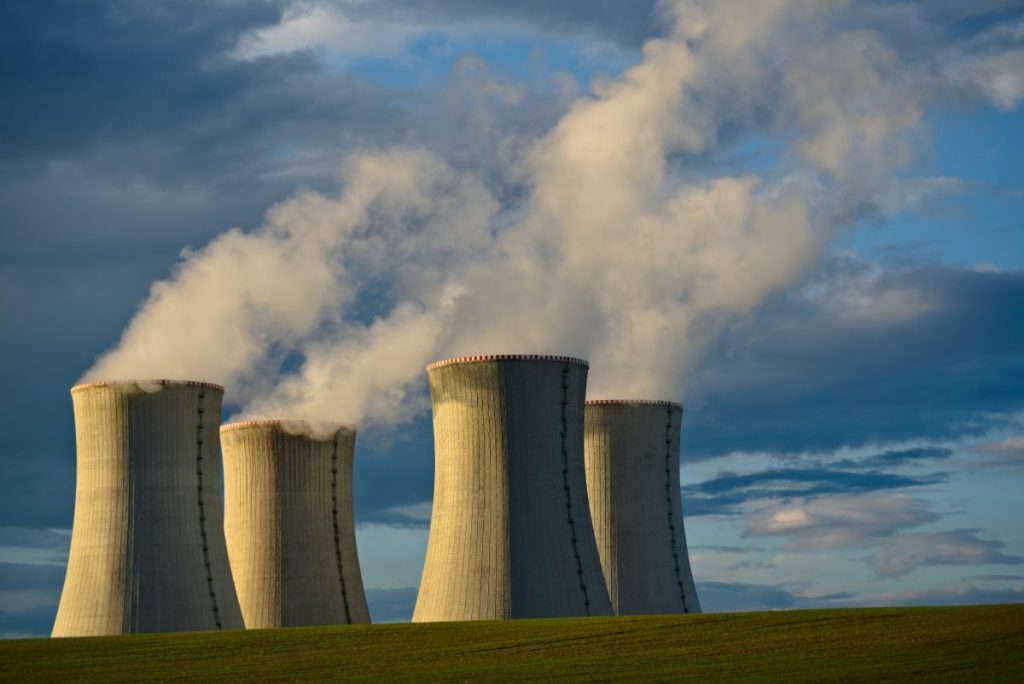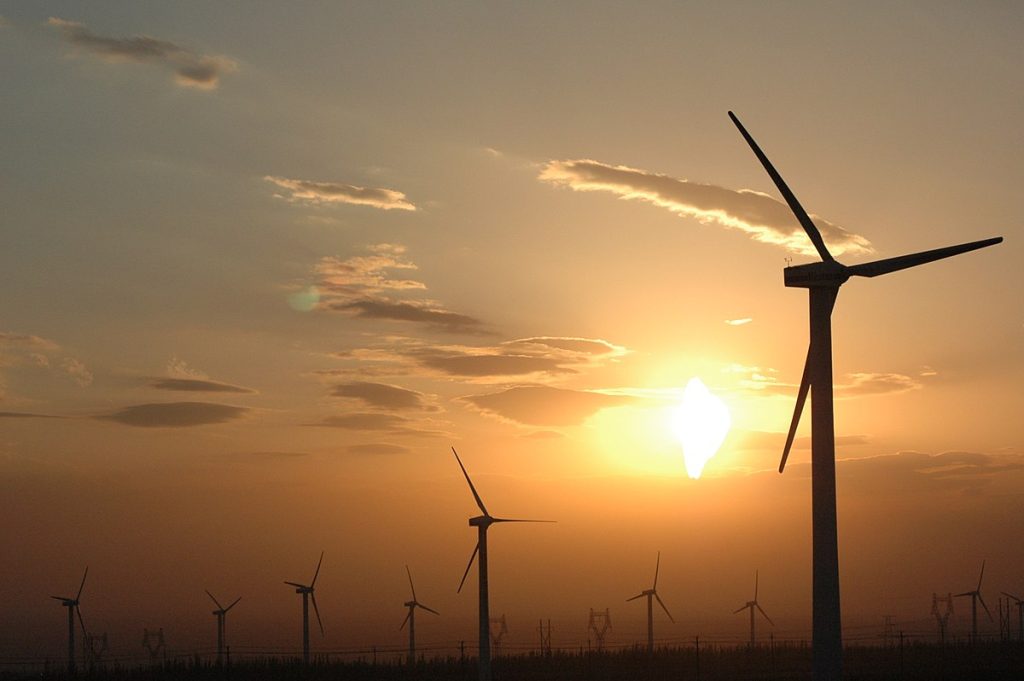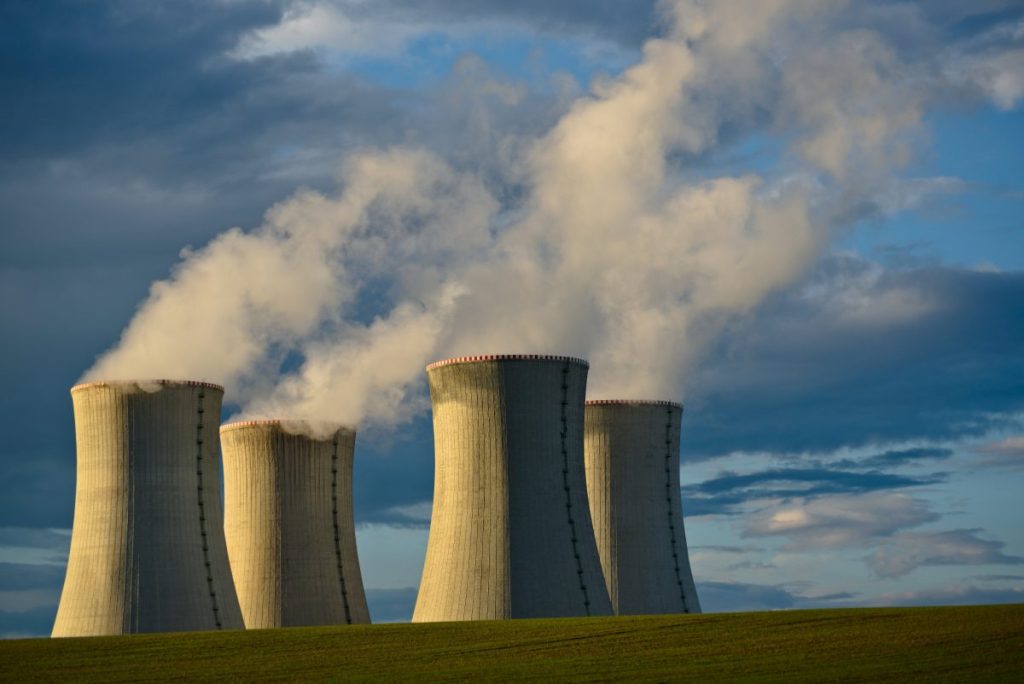There are two main categories of energy sources. The first is based on whether energy sources are naturally present or not. Thus, we speak of primary and secondary sources of energy. The second nomenclature, on the other hand, is based on the renewable or non-renewable nature of energy sources. In this case, a distinction is made between fossil energy sources and renewable energy sources.
Primary and secondary energy sources
Primary energy sources are those that are directly derived from natural phenomena and are generated without any human intervention. They are used as they are, to create energy. They can also be transformed into secondary energy sources. The main primary energy sources are solar radiation, wind power, uranium, coal, hydrocarbons, rivers and waterfalls, sea power, geothermal energy, waste and biomass. As for secondary energy sources, they are the result of human transformation of a primary resource. The aim of such a transformation is to make energy sources more easily exploitable, stored and transportable. A typical example of a secondary energy source is electricity. It can be obtained by various processes such as the combustion of fossil fuels. More generally, any energy obtained by the transformation of a primary energy is considered as secondary energy. These sources include nuclear power plants, flame-fired thermal power plants, hydroelectric power plants, wind power plants, solar photovoltaic energy, geothermal power plants, cogeneration (the creation of energy from two different energies in the same power plant) and concentrated solar thermal energy.

Fossil and renewable energy sources
Fossil fuels are derived from the exploitation of deposits formed by the decomposition of organic matter in the soil. This process of decomposition lasts for millions of years. Fossil energy sources are oil, natural gas and coal. On the other hand, a renewable energy source is an energy that can be exploited without its supply dwindling. They are said to be inexhaustible. Renewable primary energy sources are waterpower, wind power, solar radiation, geothermal energy, waste and biomass. Renewable secondary energy sources are hydroelectric power plants, wind power plants, photovoltaic solar energy, geothermal power plants, cogeneration and concentrated solar thermal energy. In addition to fossil and renewable energy sources, there is a third categorization, known as fissile energy. It is essentially uranium, a chemical element extracted from the ground, and which does not come from the degradation of organic matter like hydrocarbons. Thanks to this resource, energy is produced by fission in nuclear power plants. While uranium is a non-renewable but non-fossil energy, plutonium, a chemical element created from a uranium nuclear reaction, is an almost inexhaustible source of energy. It is mainly used as fuel to power nuclear reactors.

Use of energy sources in the world
The two main sectors that mobilize energy in the world are the transport sector and the residential sector. The first requires energy to produce fuel, and the second, to produce heat essentially. Thus, according to the key energy figures of the French Ministry of Energy Transition published in 2022, for the year 2021, the transport sector mobilized 501 TWh worldwide, compared to 492TWh for the residential sector. This is followed by industry and the tertiary sector with 311 TWh and 261 TWh consumed respectively. Agriculture and fisheries consumed 52 TWh of energy. Also, fossil fuels currently account for the largest share of global energy consumption.







